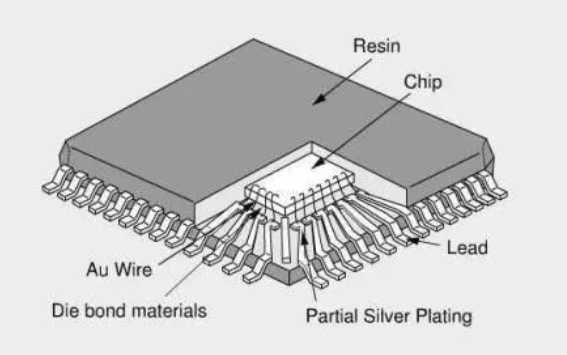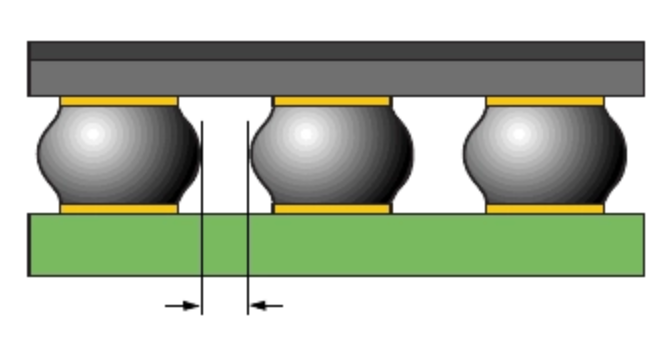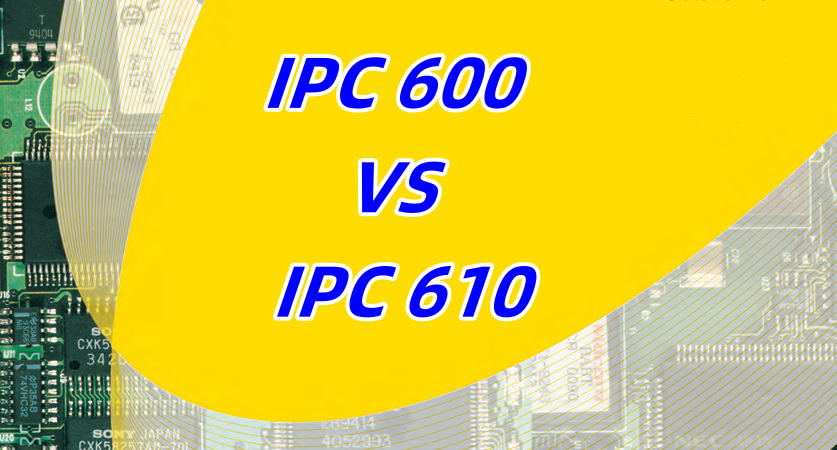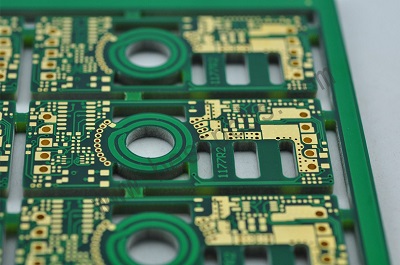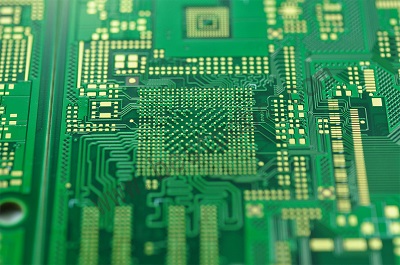If you’re working in electronics manufacturing or sourcing PCB assembly services, you’ve likely come across the term IPC 610. This standard, also known as IPC-A-610, plays a major role in ensuring the quality and reliability of electronic assemblies. Whether youâre dealing with consumer gadgets or mission-critical aerospace systems, understanding IPC-A-610 can help you make better decisions and achieve higher quality outcomes.
Letâs explore what IPC-A-610 is all about, how it classifies assemblies, and why choosing a PCB manufacturer certified with IPC-A-610 can make a real difference.
What is IPC-A-610 Standard?
IPC-A-610 is a globally recognized standard for the acceptability of electronic assemblies, developed by the IPC. It sets the inspection criteria for electronic assemblies, particularly focusing on how solder joints and components should appear on the finished board.
This standard acts as a visual guide for manufacturers, inspectors, and engineers to determine whether a PCB assembly meets quality expectations. It defines whatâs acceptable and whatâs not, ensuring that defects are minimized and performance isnât compromised. The most recent version is IPC-A-610H, though previous versions like IPC-A-610F and IPC-A-610G are still in use in some industries.
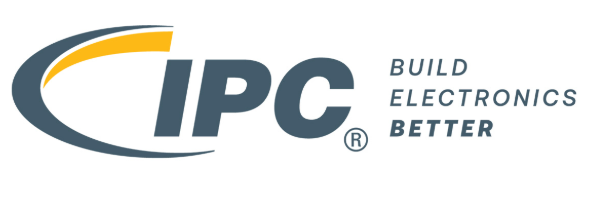
What Are the Classes in IPC-A-610?
IPC-A-610 breaks down its quality requirements into three distinct classes. These classes define the level of workmanship needed based on the end-use of the product.
- Class I â General Electronic Products
- Class II â Dedicated Service Electronic Products
- Class III â High-Performance Electronic Products
IPC-A-610 Class I vs Class II vs Class III
1. Class I â General Electronic Products
Class I represents the basic level of acceptability for electronic assemblies. Products in this category are designed for simple, everyday use, where the main concern is that the device worksânot how it looks or how long it lasts.
Key Features of Class I:
- Function over form: As long as the product performs its basic function, itâs considered acceptableâeven if it has minor cosmetic defects.
- Loosest inspection standards: Imperfections like uneven solder or slight misalignment may be allowed if they donât impact performance.
- Minimal cost and time: Because of the relaxed standards, Class I products are faster and cheaper to manufacture.
Typical Applications:
- Toys
- Flashlights
- Basic household gadgets
- Low-cost consumer electronics
2. Class II â Dedicated Service Electronic Products
Class II is the most commonly used class in electronics manufacturing. It sets moderate quality standards suitable for products that require reliable performance over time, but where minor cosmetic issues are acceptable.
Key Features of Class II:
- Performance and lifespan: Devices are expected to work reliably under normal conditions for their intended lifespan.
- Stricter inspection than Class I: Components must be correctly placed, and solder joints must be solid, though slight cosmetic flaws may still be allowed.
- Balance of quality and cost: This class strikes a practical balance between reliability and manufacturing efficiency.
Typical Applications:
- Industrial control systems
- Consumer electronics (TVs, laptops, phones)
- Automotive electronics (non-safety critical systems)
- Networking devices (routers, modems)
3. Class III â High-Performance Electronic Products
Class III is for products that require the highest level of quality and reliability. These are mission-critical applications where even a minor defect could lead to system failure, safety risks, or major financial loss.
Key Features of Class III:
- No room for error: Every solder joint, component placement, and surface must meet strict inspection criteria with no cosmetic imperfections allowed.
- Extended reliability and lifespan: Products must perform flawlessly in harsh environments, under continuous use or critical conditions.
- Higher cost and longer production: The level of detail and inspection required increases both time and production cost.
Typical Applications:
- Medical devices (life-support systems, diagnostic equipment)
- Military electronics (communication systems, radar)
- Aerospace electronics (navigation, avionics)
- Automotive safety systems (airbags, braking systems)
What Are Common PCB Defects Covered by IPC-A-610?
IPC-A-610 outlines many types of assembly defects, helping manufacturers inspect and correct issues before products reach customers. Some of the most common defects it covers include:
- Cold solder joints â Dull, grainy joints that may lead to poor electrical contact.
- Insufficient solder â Joints that donât provide full coverage, risking weak connections.
- Solder bridging â Excess solder creating unwanted connections between pads or leads.
- Component misalignment â Parts not properly placed on pads, affecting function or reliability.
- Contamination â Presence of dust, oils, or residue that could impact signal integrity or cause corrosion.
- Lifted pads or traces â Damage to the PCB surface, which can break electrical paths.
Here are some commone defects that can be acceptted by IPC 610 Class I & Class II:

What is the Difference Between IPC-A-610 and IPC J-STD-001?
Many people confuse IPC-A-610 with another widely used standard â IPC J-STD-001. While they are related, they serve different purposes.
- IPC-A-610 focuses on how the finished assembly should look. It is a visual inspection standard used to judge whether the product is acceptable.
- IPC J-STD-001 sets the soldering process requirements. It guides manufacturers on how to achieve quality solder joints, covering materials, equipment, and techniques.
In short:
- J-STD-001 = Process and workmanship standard
- IPC-A-610 = Visual acceptance standard
Many manufacturers follow both standards together to ensure not only that the product looks correct but also that it was built using reliable processes.
One-Stop PCB Assembly Manufacturer Certified with IPC-A-610
When you need reliable PCB assembly, it pays to choose a manufacturer certified with IPC-A-610. At EBest Circuit (Best Technology), we follow strict IPC-A-610 Class II and Class III guidelines across our production lines.
Hereâs what sets us apart:
- Certified Inspectors and Assemblers
All staff involved in production and inspection are IPC-A-610 certified, ensuring every board meets required standards.
- Full Traceability
We use MES (Manufacturing Execution System) to track every step, from incoming materials to final inspection. This guarantees complete traceability and quality control.
- Serving Demanding Industries
Our IPC-compliant services are trusted in automotive, medical, industrial, and aerospace sectors.
- Competitive Pricing and Fast Turnaround
With advanced equipment and a professional engineering team, we provide fast, affordable, and reliable PCB assembly services.
Whether you need small-batch prototypes or large-volume production, EBest Circuit (Best Technology) ensures your PCBs meet IPC-A-610 standards, giving you peace of mind with every shipment.




